Main Content
Arianna Kuhn, PhD Candidate, City University of New York, American Museum of Natural History
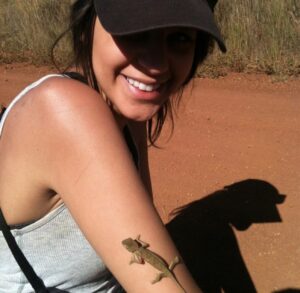
As a PhD candidate at the City University of New York, my current work aims to understand the evolutionary events that cause new species to form, but my career in herpetology actually began with geckos from Africa! As an undergraduate at Villanova University, I knew that I wanted to do research in a lab, but I knew little about the diverse fields of biological research active on my own campus. After doing research on the faculty of the biology department, I eventually found the labs of Dr. Todd Jackman and Dr. Aaron Bauer, where I began a project sequencing DNA from gecko tissues collected from sub-Saharan Africa. This project really clicked for me. Running analyses on my own study system that contributed to discovering and describing nine new species was more interesting and fun than I could have ever imagined! Being surrounded by a group of supportive graduate students, postdocs, and advisors that also loved to spend time outdoors catching local herps motivated me to delve deeper into my studies of herpetology and evolutionary biology. These experiences led to additional lizard projects and eventually a Master’s degree, where I spent multiple seasons in the field collecting snakes, geckos, and skinks in Angola.
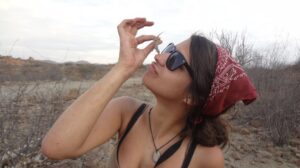
Fast forward to where I am today—in a doctoral program advised by head Curator of Herpetology at the American Museum of Natural History, Dr. Frank Burbrink. Funded by the National Science Foundation, our team set out to generate the first comprehensive evolutionary history of Madagascar’s Gemsnakes (subfamily: Pseudoxyrhophiinae) to examine how ecology and morphology coevolved to produce this spectacularly diverse group of snakes.
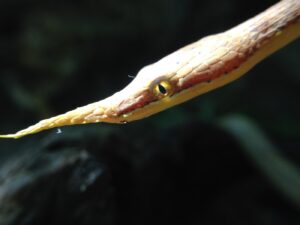
A quick recap on why Madagascar is one of the most fascinating biological hotspots on the planet Earth: located off the coast of East Africa, Madagascar is home to a massive assemblage of unique and bizarre animals that have been evolving in complete geographic isolation for more than 80 million years (Noonan & Chippindale, 2006). Madagascar is famous for having incredibly high species richness (number of species) and endemism (animals found nowhere else on earth). For example, more than 350 different species of frog can be found on Madagascar, giving this island the highest frog diversity per square kilometer of any country in the world (Vietes et al. 2009). Researchers have been intrigued by what ecological and historical factors have contributed to this exceptional faunal and floral composition for decades. Many of these species are currently at risk due to extreme habitat loss from deforestation and future climate change (Alnutt et al. 2008). With our research, we hope to uncover how species responded to changes in climate and vegetation in the past to better predict how they might respond in the future, and identify important genetic and landscape attributes that contribute to positive adaptive responses.
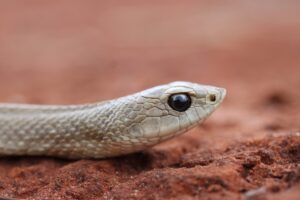
Because snakes are one of the most widespread and ecologically significant groups of vertebrates that can be found across the island, they make a perfect study system for understanding diversification in the tropics (Nagy et al 2003). Unlike the more iconic residents of the island, such as lemurs, snakes have received comparably little attention with respect to biodiversity assessment and landscape genetics (Yoder et al. 2016).
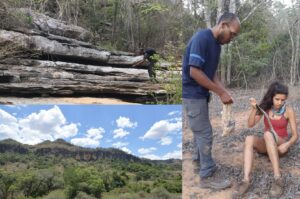
My current project uses the genetic information encoded in the DNA of snakes to understand how they got to the island, why there are so many species, and how these new species formed. This means that I get to travel to Madagascar to undersampled habitats and catch snakes! What a field season looks like in real time is a team of biologists out in the forest flipping over every single rock and log they can find, hoping that one of these structures will have a snake underneath to catch and bring back to the campsite for sampling. During the day, we might stumble across diurnal snakes out basking in the sun, or we might get lucky enough to spot one crossing the road while driving to new survey sites. At night, our team heads out with powerful headlamps, this time looking for nocturnal animals that are hunting on the ground or in the trees.
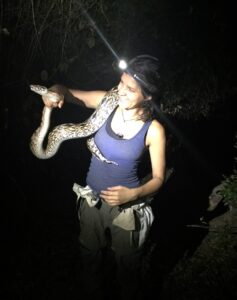
When I find a snake, I can catch it with my hands because there are no lethally venomous snakes on Madagascar. Back at the campsite, I take a small tissue sample from the animal that I will bring back to my lab at the American Museum of Natural History. In the lab, I can extract and sequence a huge amount of DNA from this tiny piece of tissue, and this genetic information is the primary data I use to answer questions about how these snakes evolved and adapted to specialized habitats on Madagascar. I can also examine this genetic information to identify new species previously unknown to science. In fact, last year my colleagues discovered as many as 38 potentially new species of gemsnake (Burbrink et al 2019). Looking thousands of years into the past, I am able to identify particular genes that may have helped snakes to adapt to new environments in response to historical climate change events. Once I know this information, I can use future climate projections to better understand how populations of snakes might respond to climate and land use change in the future.
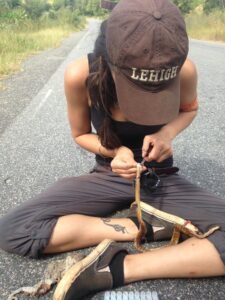
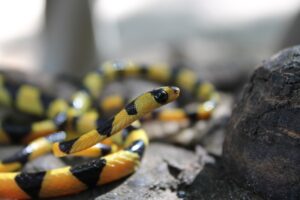
Check out my website to learn more about my research!
By Arianna Kuhn, PhD student in the lab of Dr. Sara Ruane, Assistant Professor, Department of Biological Sciences, Rutgers University-Newark; Lisa Rothenburger, Somerset County 4-H Agent, Rutgers Cooperative Extension